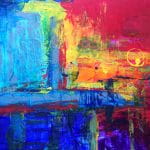Analysing images
Key parts of an image
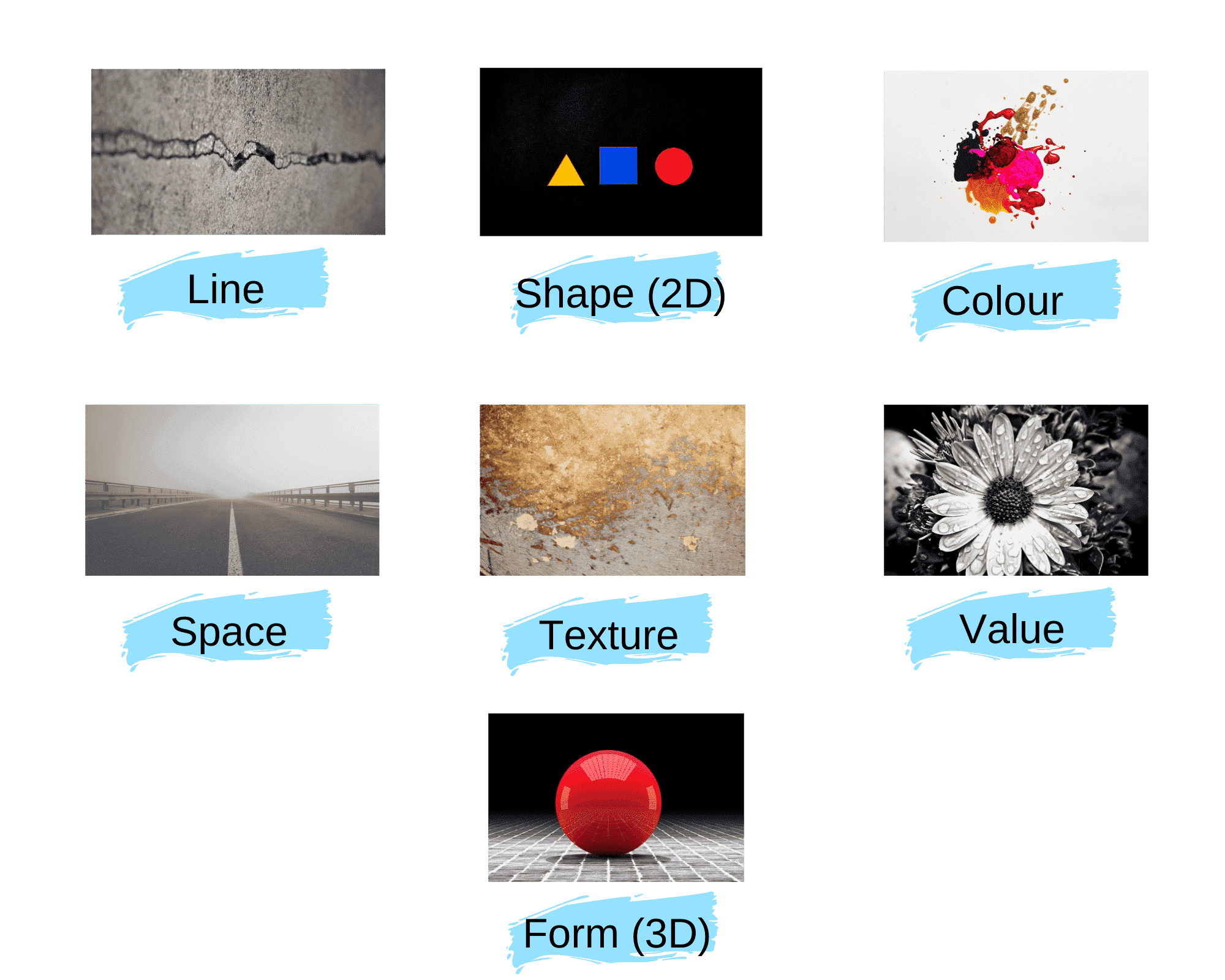
- Firstly, it helps to build an awareness of elements within creative works.
- Visual elements: these can include line, shape, colour, space, texture, value and form. The elements can vary between disciplines. For an explanation, see these useful handouts on the elements of art and the visual elements in photography.
- Composition: this is how these elements are arranged. See the principles of design from Getty Museum (2011).
- Watch the video below to find out more about the elements of art.
Critical thinkingSection
- Apply critical thinking to images.
- It begins with descriptive questions such as What? Who? When? Where?
- Go deeper by analysing and evaluating: Why? How? What if? So What? What next?
- Look at the diagram and questions below for guidance.
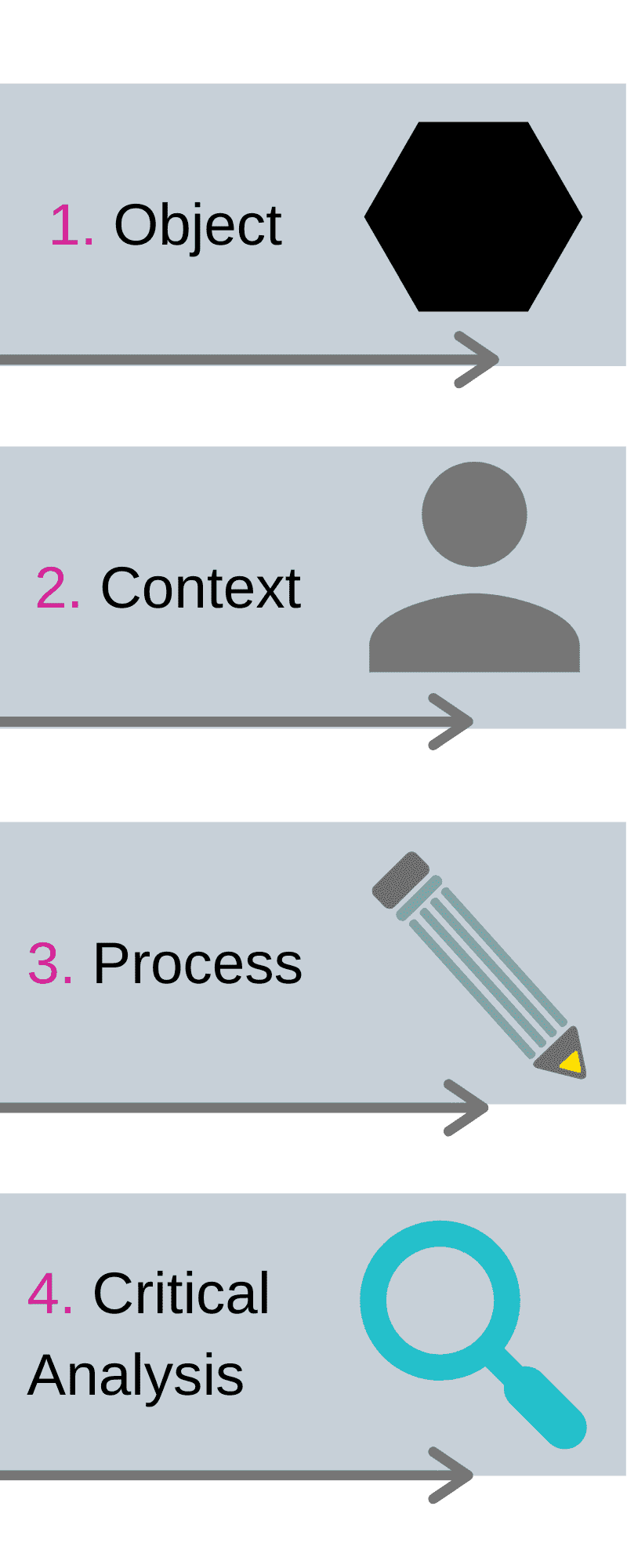
1. Object
- What is it?
- What is the subject matter?
2. Context
- Who was it created for and by?
- When was it created?
- Where was it created or first exhibited?
3. Process
- Which materials or techniques were used?
4. Critical Analysis
- Why was it created?
- So what might it represent?
- How are the visual elements and composition used for effect?
- How does it compare/contrast to other examples?
- How does it relate to your practice?
Tip
Use the PDF below to find more questions. Aim for greater amounts of critical analysis in writing.
Understanding meaning
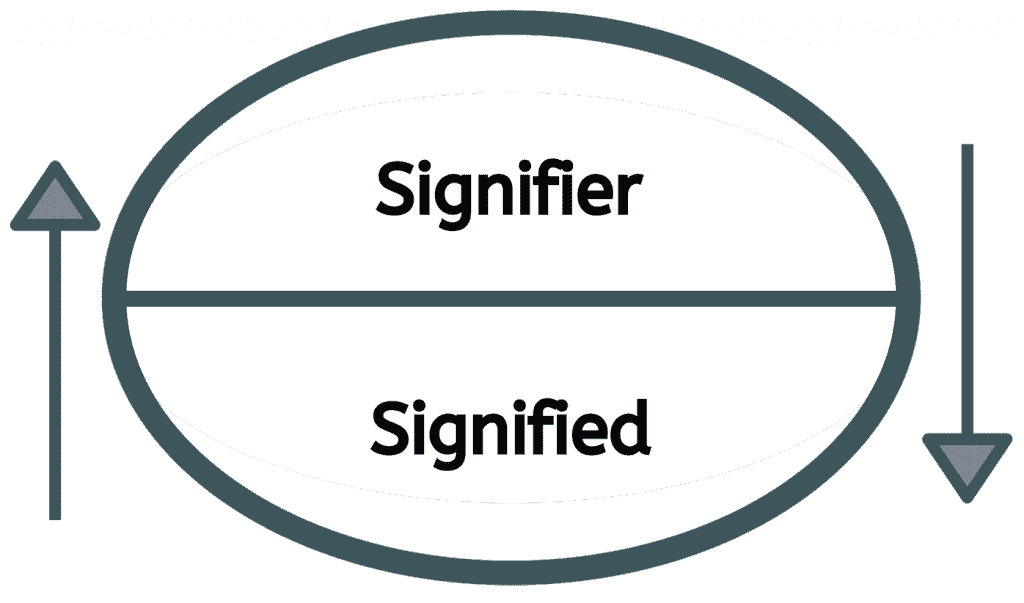
- Apply semiotics, the study of signs, to aid reading an image.
- A sign has two parts: the signifier and the signified (Saussure, 1974).
- The signifier is the physical form (what you see, hear, touch), and the signified is the concept that it refers to (Chandler, 2007, pp. 14-15).
- Multiple signs often work together to give meaning.
Example of semiotics
- The painting below is by Pre-Raphaelite artist John William Waterhouse.
- It was created to represent lines from Tennyson’s (1832) poem,
- Read the poem extract; then look at the table underneath to see how he may have achieved this.
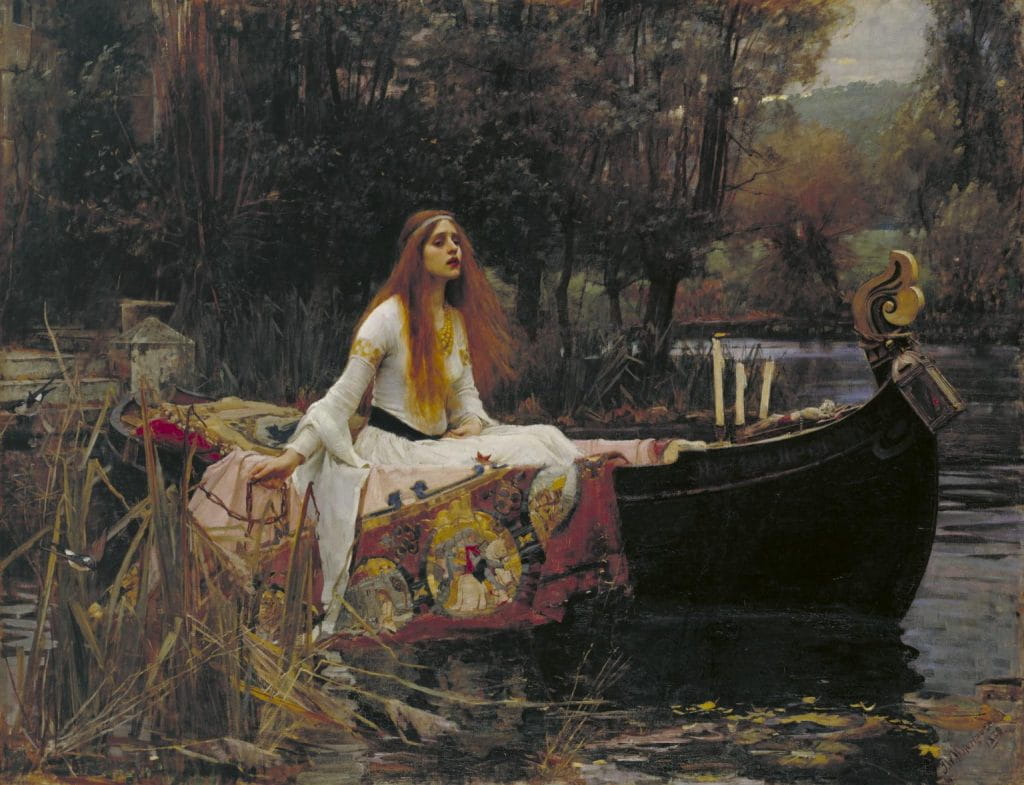
And down the river’s dim expanse
Like some bold seer in a trance,
Seeing all his own mischance –
With glassy countenance
Did she look to Camelot.
And at the closing of the day
She loosed the chain, and down she lay;
The broad stream bore her far away,
The Lady of Shalott.
| What can be seen? (Signifier) | What could this represent? (Signified) |
|---|---|
| White dress | Purity, innocence |
| Long sleeves | Demure, lady-like |
| Dark colours | Sombre event, dusk |
| Candles blown out | Finality |
| Boat | Journey |
Specialist vocabulary
- Use specialist glossaries, encyclopaedias or dictionaries to understand and learn new terms.
- There are online glossaries available from MoMA (no date) and Tate (no date).
- We also subscribe to the Grove Encyclopedia of Art.
Sources consulted
Baldwin, J. and Roberts, L. (2006) Visual communication from theory to practice. Lausanne: AVA.
Chandler, D. (2007) Semiotics: the basics. 2nd Edition. London: Routledge.
De Saussure, F. (1974) Course in general linguistics. London: Fontana.
Plymouth University (2010) Critical thinking. Available at: https://archive.learnhigher.ac.uk/resources/files/Critical thinking/8 Critical Thinking.pdf (this link opens in a new window) (Accessed: 31 July 2024).
Rideal, L. (2017) How to read paintings. London: Herbert Press.
Waterhouse, J.W. (1888) The lady of Shalott. Available at: www.tate.org.uk/art/work/N01543 (Accessed: 17 December 2019).
Williams, G. (2014) How to write about contemporary art. London: Thames and Hudson.

eBooks:
Read more about visual analysis, semiotics and design principles: https://tinyurl.com/vveaeus
